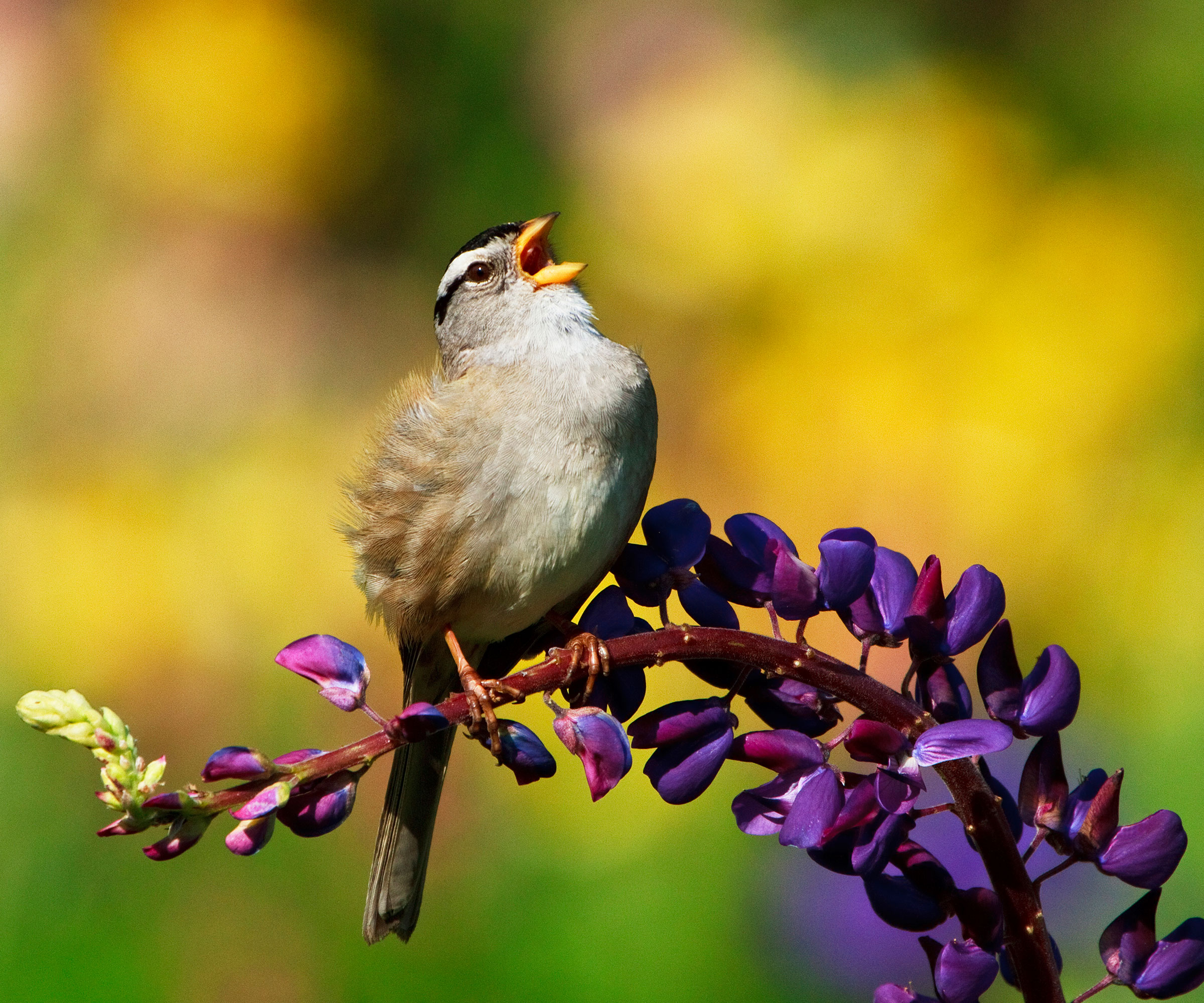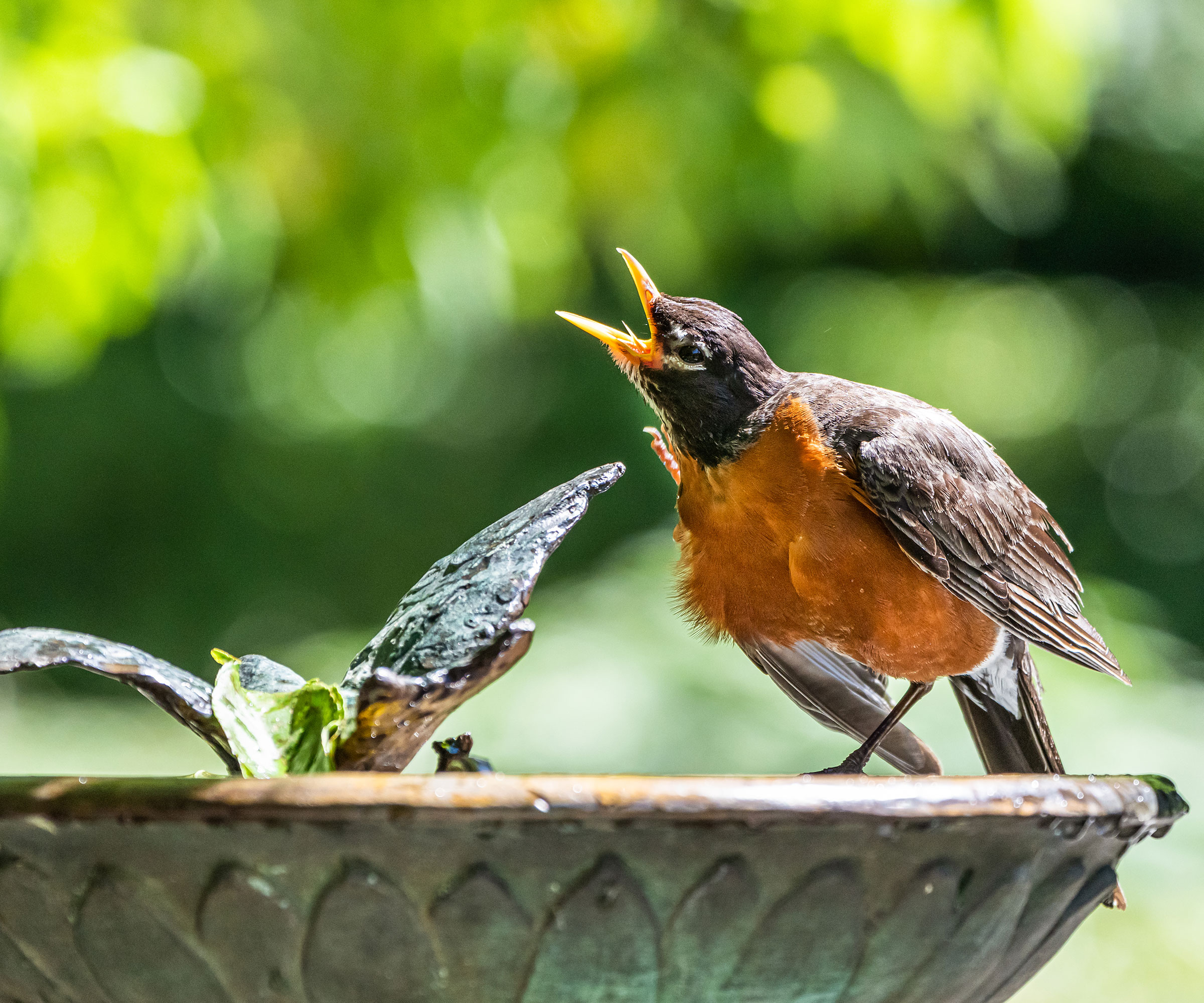Songbird Spotting: 7 Common Types Of Songbirds That Fill Your Garden With Music
If we’re lucky, multitudes of birds will pass by our gardens – but a select group will delight with their tunes. Here are seven types of songbirds that spread cheer and good vibrations


Have you ever wondered about the types of songbirds giving that morning concert? Birdsong filling a morning will almost always make your spirits rise and bring a smile to your heart. Melodic and unforced, the chirping melodies of songbirds are a lovely way to start the day.
Of course, even if you are looking to create a dedicated bird sanctuary in your garden space, a lot of common songbirds will vary from region to region, but I’ve put together a shortlist of North American songbirds you may see in your backyard. Here are seven common songbirds that may be making that garden music.
What Is a Songbird?
If you are keen on planting a garden for songbirds, it helps to know exactly what constitutes a songbird. The term ‘songbird’ seems self-defining: a wild bird that chirps form the songs in your garden or local park. But that term is, in fact, misleading. It actually refers to one subgroup in the perching bird group – those birds, botanically known as passerines – whose claws are especially fitted for clinging to perches or branches.
This subgroup, called the oscine (or songbird) subcategory, groups 4,000 species of birds with superior control over their syrinx (a vocal organ), thanks to the muscle structure around it. Not every songbird in this category produces chirps that are music to your ears – for example, the caws of crows are not considered melodic - but many songbirds do.
Identifying Common Types of Songbirds
For anyone keen on the idea of attracting birds, it’s important to note the variety of the looks and sounds of songbirds. Our list of songbirds rounds up seven well-known types illustrating how different one songbird can be from another. It’s not just the names of songbirds that differ – their size, color and vocalization all vary, too.
1. Chestnut-backed Chickadee

Are you seeing a small bird in the treetops? It might be a chickadee (Poecile rufescens). These birds are about as big as your palm is wide, but they are extremely lively. Look for a rust colored bird with a black cap and bib that likes to dangle from tree branches to trap insects. Their song is a cheery chickadee-dee, making them easier to identify.
2. Northern Cardinal

For anyone interested in attracting cardinals, this bird is easily twice as big as the chickadee but still a smallish creature. Male cardinals (Cardinalis cardinalis) are easily recognizable by their bright red color. Females are more muted, a pale brown with red only on the wings. Their beaks are thick to help them crack nuts.
Sign up for the Gardening Know How newsletter today and receive a free copy of our e-book "How to Grow Delicious Tomatoes".
3. Hermit Thrush

This small thrush (Catharus guttatus) may have the most appreciated song of any in the forest. It floats like liquid honey and is often compared to flute music. The bird itself (6-7 inches, or 15-18cm) is rusty red, with an ivory breast with dark spots. Look for wing-flicking behavior that is typical for the species – or just listen out for the thrilling song.
4. White-Crowned Sparrow

For anyone trying to get birds flocking with bird feeders and the like, this is one songbird you’ll definitely see. Similar in size to the hermit thrush, the white-crowned sparrow (Zonotrichia leucophrys) is often seen at (or more often under) bird feeders, chomping down the seeds. Its crown is unmistakable – with black and white stripes. They often scratch-kick their way through fallen leaves on trails.
5. American Crow

They may not seem like an obvious entry in a list of singing birds, and some people even think of these birds as pests since they can cause lawn damage, but in the most technical sense, they are well deserving of a spot. Everybody knows the American crow (Corvus brachyrhynchos), a large black bird twice as long as the songbirds listed above. With its distinctive cawing, you may not have realized it is actually a songbird. Yet it does fall into the songbird subcategory.
6. American Robin

Being able to attract robins to your yard is a genuine pleasure. Anyone familiar with small, cute European robins may be surprised at their huge American cousins. American robins (Turdus migratorius) can get close to a foot (30cm) in size, with a dark back and a large red breast. They frequently hop across the garden or front lawn looking for food.
7. Northern Mockingbird

The same size as the American robin, mockingbirds (Mimus polyglottos) are also gray but have white bars on their tails. These same bars can be seen on their wings when they are flying. These charmers have hundreds of songs in their repertoires and can mimic other bird songs, in addition to inanimate noise-making machines like car alarms. American mockingbirds like to eat garden insects and berries.

Teo Spengler is a master gardener and a docent at the San Francisco Botanical Garden, where she hosts public tours. She has studied horticulture and written about nature, trees, plants, and gardening for more than two decades, following a career as an attorney and legal writer. Her extended family includes some 30 houseplants and hundreds of outdoor plants, including 250 trees, which are her main passion. Spengler currently splits her life between San Francisco and the French Basque Country, though she was raised in Alaska, giving her experience of gardening in a range of climates.